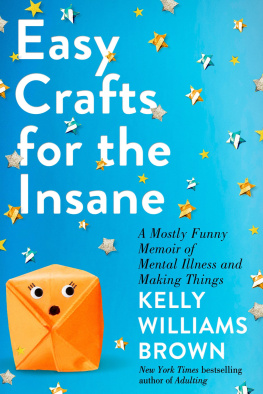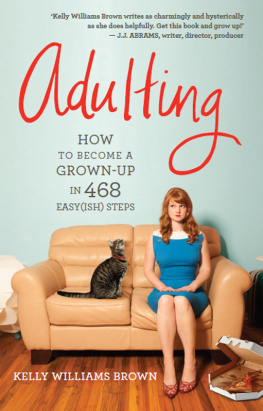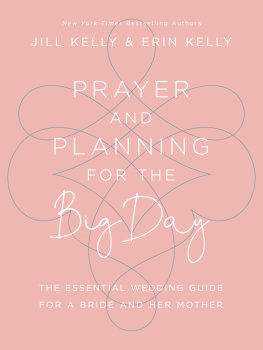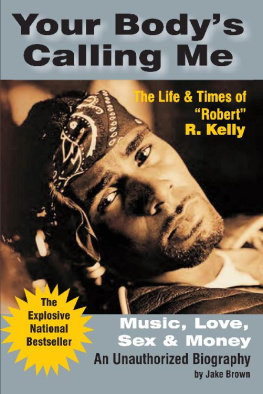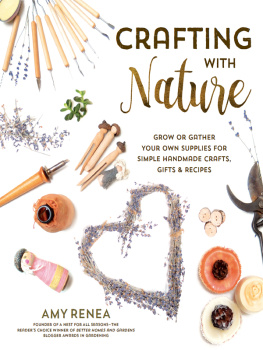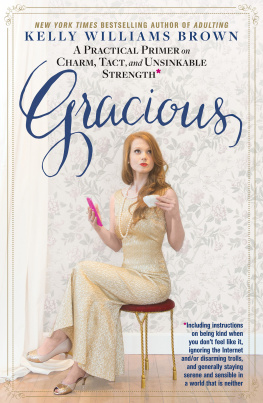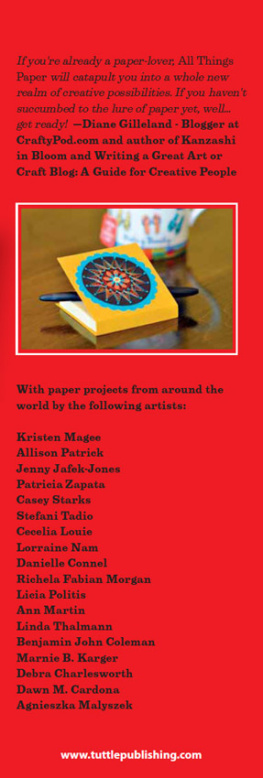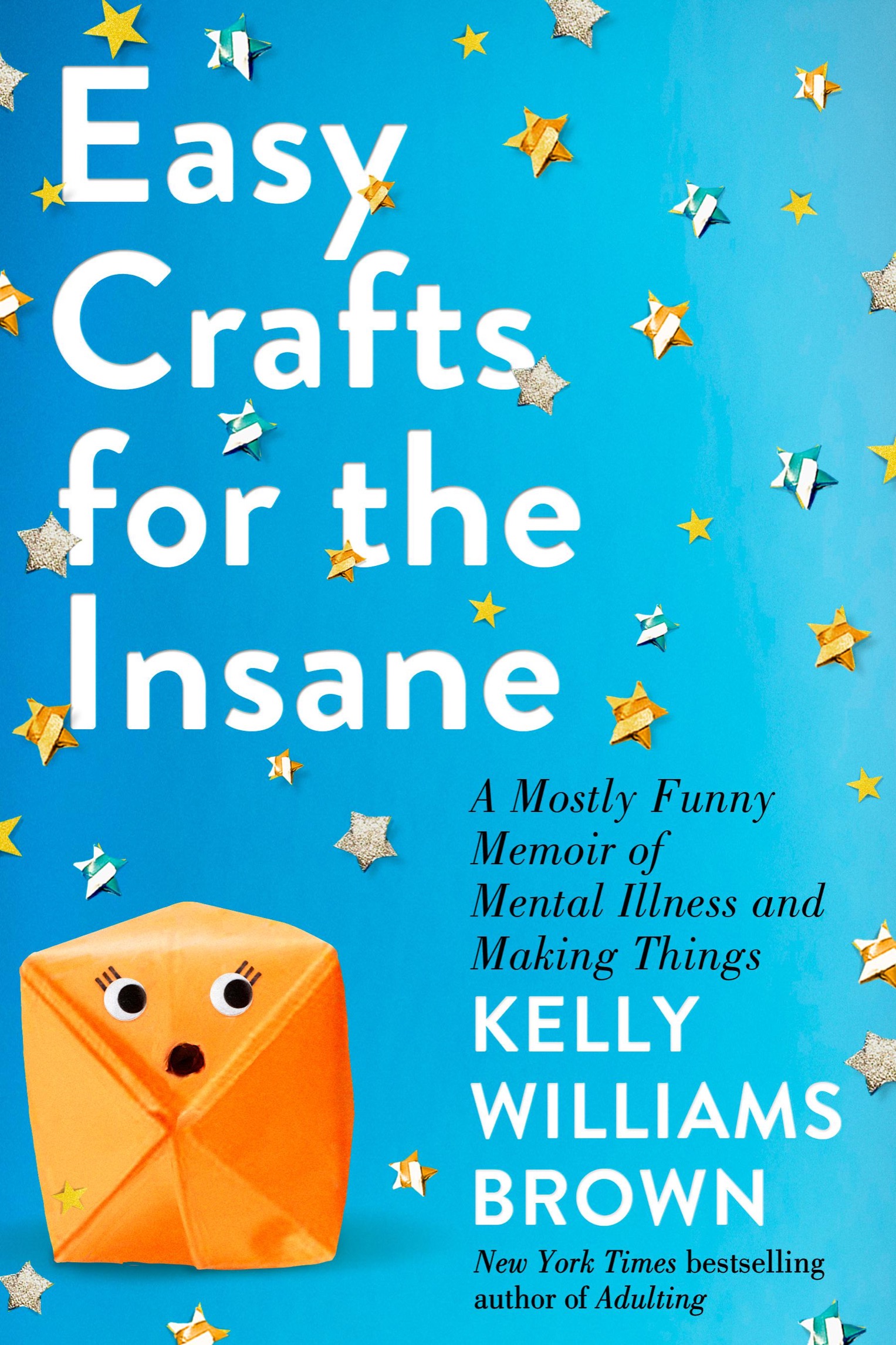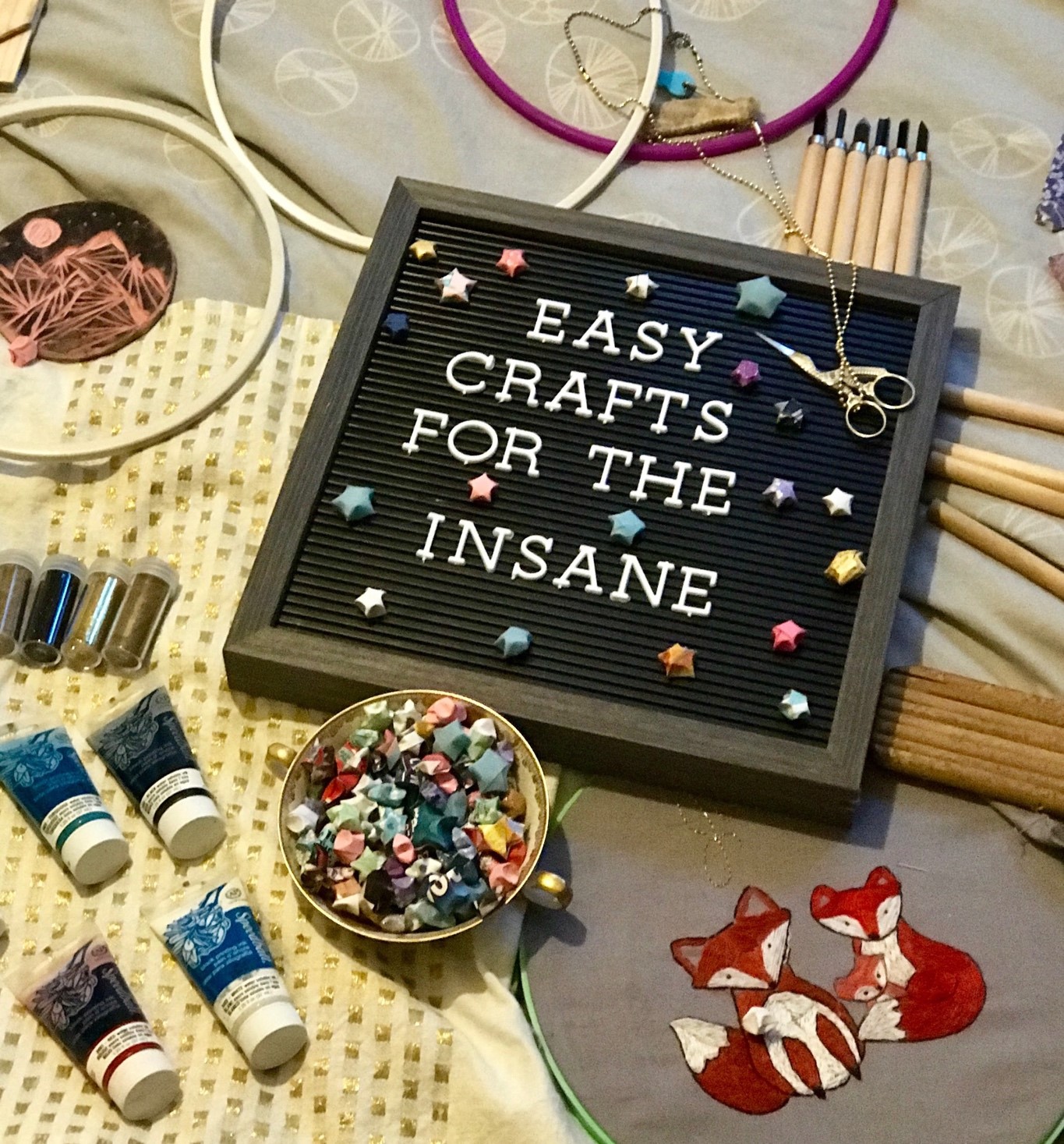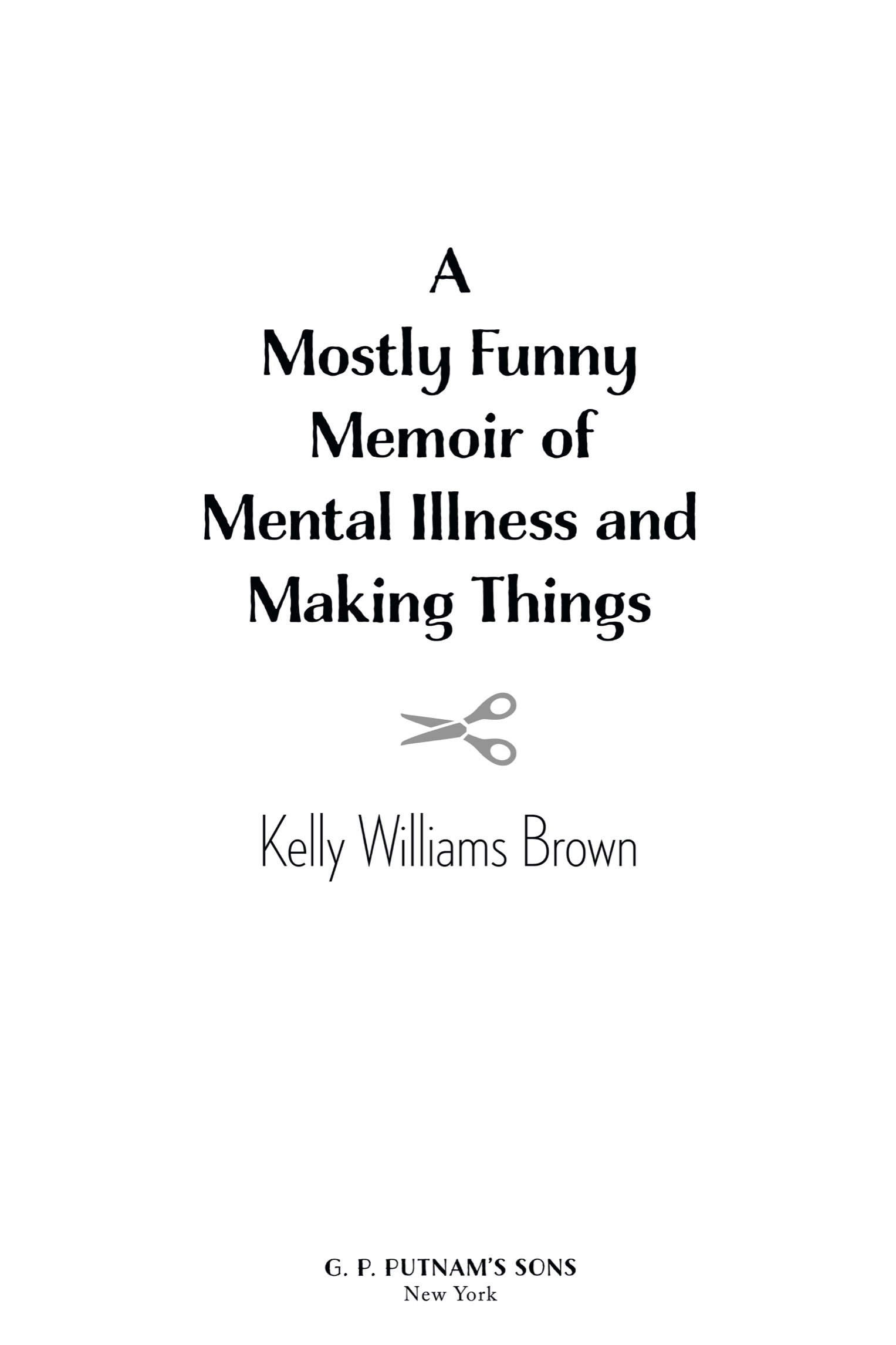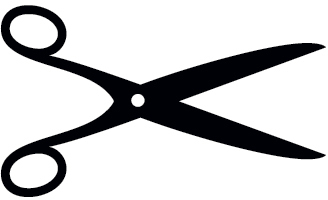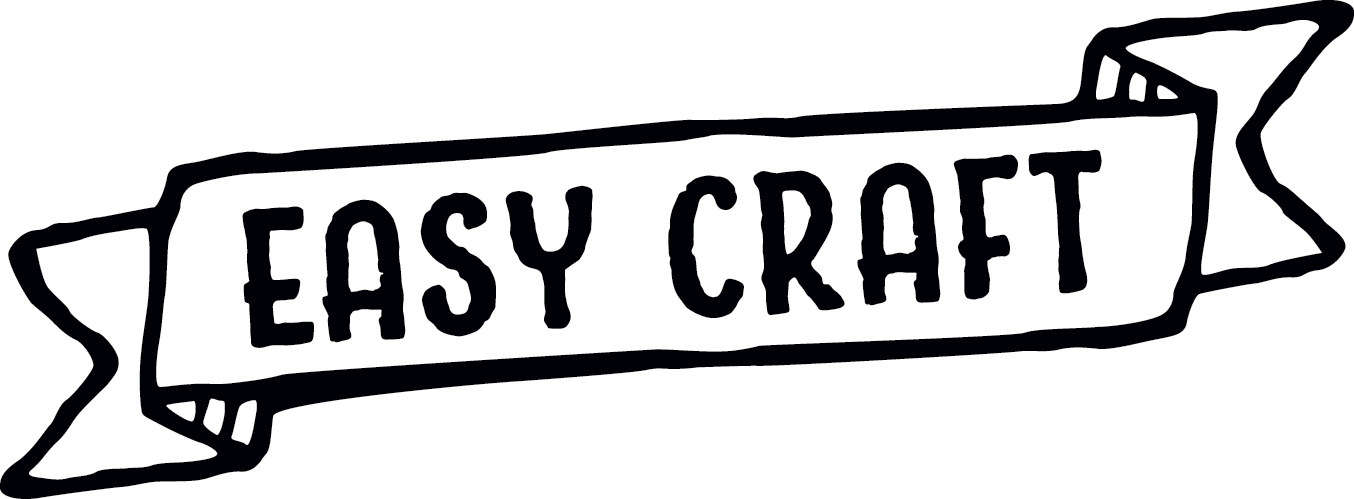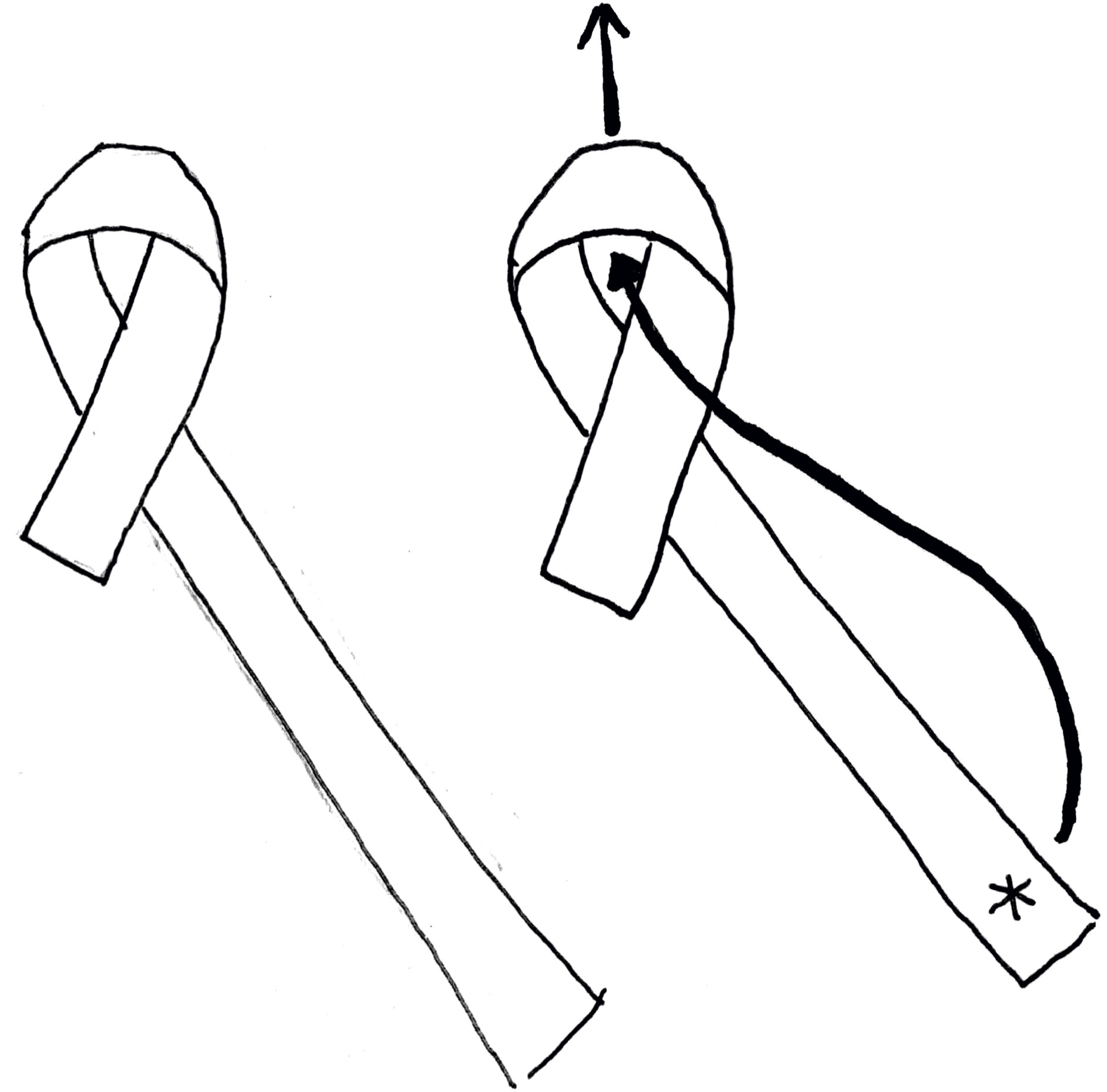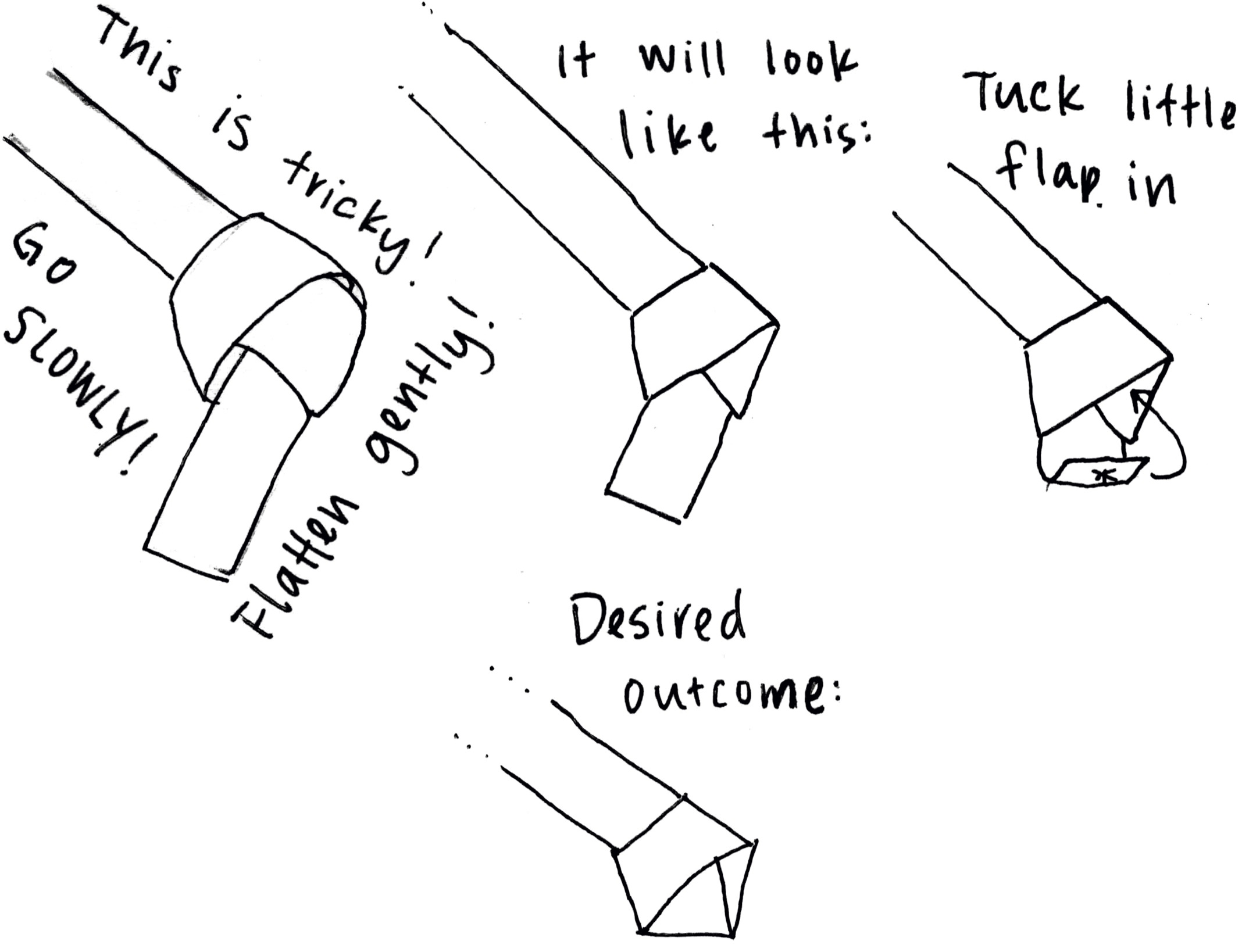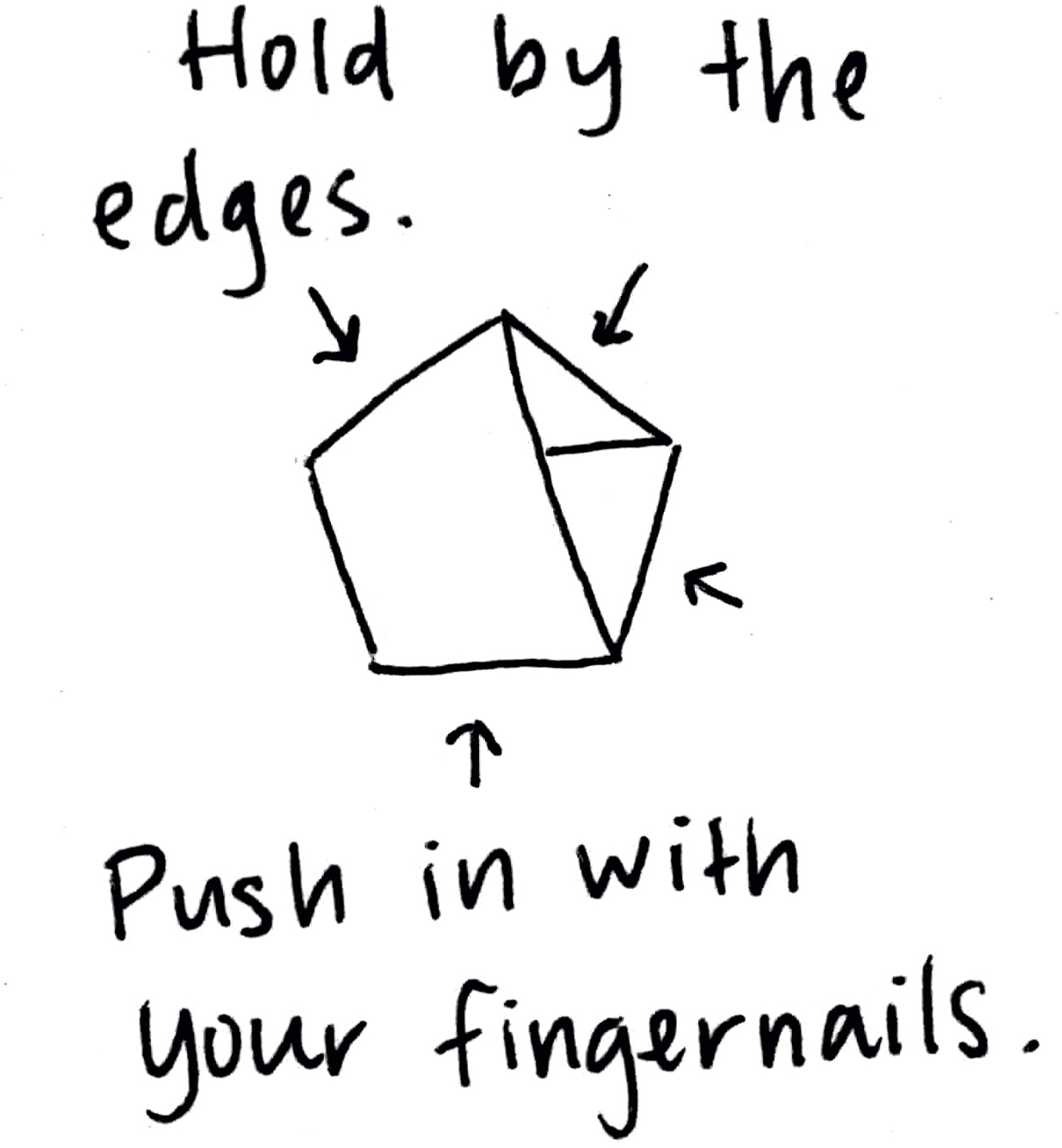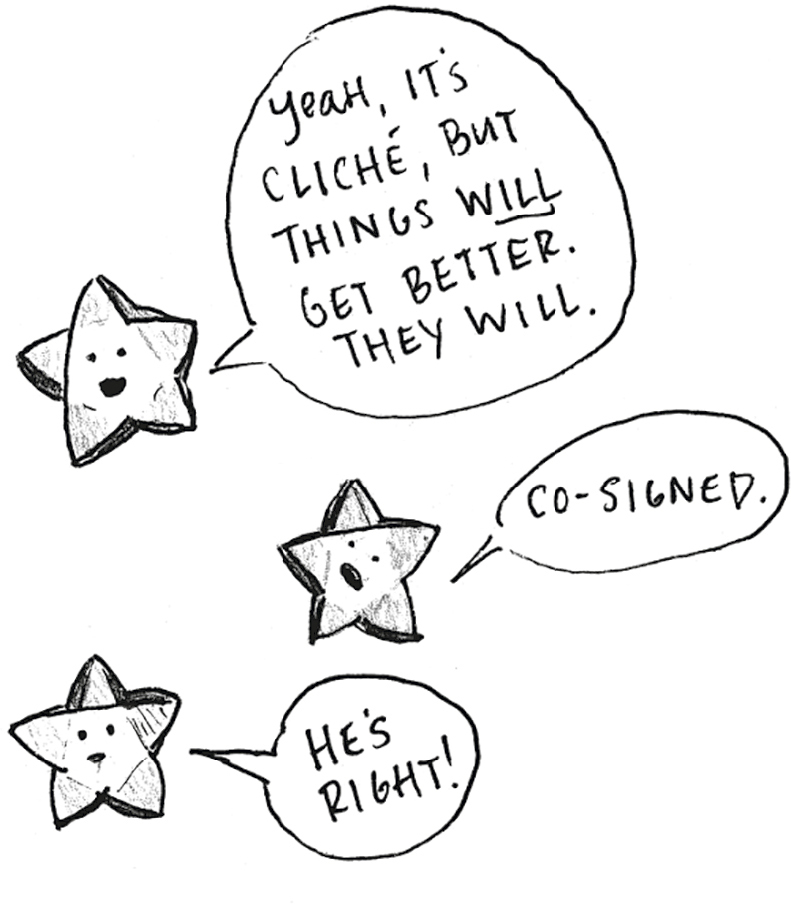G. P. PUTNAMS SONS
Penguin supports copyright. Copyright fuels creativity, encourages diverse voices, promotes free speech, and creates a vibrant culture. Thank you for buying an authorized edition of this book and for complying with copyright laws by not reproducing, scanning, or distributing any part of it in any form without permission. You are supporting writers and allowing Penguin to continue to publish books for every reader.
Contents
Unmarried:
In Which I Leave My Spouse; Flee to Independence, Oregon; and Assume a Future So Bright, Protective Eyewear Is Required
Ascendant:
In Which I Establish a New Family, Join Tinder, and Fall in Love over the Course of One Evening
Dislocated:
In Which Trump Becomes President, My Bones Crumble to Dust, and We All Become 25 to 33 Percent Crazier
No Apparent Distress:
In Which I Break My Other Arm and Meditate on the Nature of Independence in a Time of Growing Darkness
Scenes from a Breakdown:
In Which I Just Cannot Get a Win
A Fertile Time:
In Which I Seek the Meaning of Family and Find Some Truly Terrible Ideas
My Almost-Dying:
In Which I Do the Worst Thing
Psych Ward Crafting:
In Which I Lose All My Freedoms but Gain Some New Makeup Skills
Well... ish:
In Which I Gain a Lot of Sanity and Lose a Lot of Mobility
So Its Time to Reconstitute Your Whole Dang Life:
In Which I Do That Exact Thing
All your sorrows have been wasted on you if you have not yet learned how to be wretched.
Seneca the Younger, Consolation to Helvia
Introduction
Thank, or at Least Acknowledge, Your Lucky Stars
There was a time when all I could do was make little paper stars. I was too depressed to do anything else; also, my right arm was broken and my left shoulder was dislocated, which I found limiting.
I guess I was also pretty good at ordering Postmates, lying on my couch, and watching the news in a catatonic state, but none of those resulted in a giant bowl of adorable things.
There is very, very, very, very little fun to be had when neither your arms nor your brain work. But at least I could make stars, and I threw myself into them. I dont know how many little paper stars I made, but certainly thousands. Maybe tens of thousands.
Lucky paper stars, en masse, are like dried beans or sprinkles insofar as they are tremendously satisfying to plunge your hand into. With these, you can do just that without upsetting other bulk-aisle patrons. So I was free to carefully pull the bowl close to my functioning hand, wave my fingers, plunge them in, and watch the little stars ripple and jump.
Even now, years later, evidence of my origami handiwork pops up everywhere in my house. I find little paper stars under the coffee table, caught between the cupboard and the wall, and in random drawers, each one an extremely cute reminder of the worst time of my life.
Thank Your Lucky Stars
This is a frustrating craftat first! You will make 10 or 15 of these, and they will look wonky and dumb, and you will feel annoyed. Its a steep learning curve, but once you get it, its super easy, almost reflexive. Commit to making at least 20 (they take fewer than 90 seconds apiece), and you will happily make 20,000.
Also, I know for a fact that you can do this craft with literally no arms (more on that later), so have some perseverance.
Materials:
Long strips of paper. Thats it. You can buy them online, at Michaels, or at Japanese stationery stores, or you can just cut them out of magazines. Anything works, as long as its not super thick. Construction paper wont work; printer paper is good; magazine paper is nearly perfect. Make it about inch (1cm) wide by at least 10 inches (25.4cm) long. Sometimes Ill stack a bunch of magazine pages and then use a paper cutter to do a bunch at once. Visually, youll only see the last 1 or 2 inches (2.5 to 5.1cm) of the strip on the star itself; I find stripes turn out especially cute.
Instructions:
Pick up your first strip of paper, holding about 1 inch (2.5cm) from the end, and curl that end behind the main strip to form a little loop. Carefully tuck the end into a simple knot.
Slowly and gently tighten the knot by tugging on both ends and jostling the middle until it is nice and tight. Flatten this. The flattened knot makes a five-sided, pentagram shape. Try not to read too much into this.
Fold the short end of the paper around the back of your pentagram knot, and tuck it in. Take the long end of the paper and begin to wind it around the pentagram. Follow the angles. When youre almost at the end of the strip, tuck it under the flap. If it feels too long, carefully fold it back on itself and then tuck it.
Hold the small pentagram by the edges. Carefully pinch two sides with your fingernails until it puckers and forms points. Do the same thing on the opposite sides.
Hey, look, its a tiny star! Put it in a bowl. Start another.

